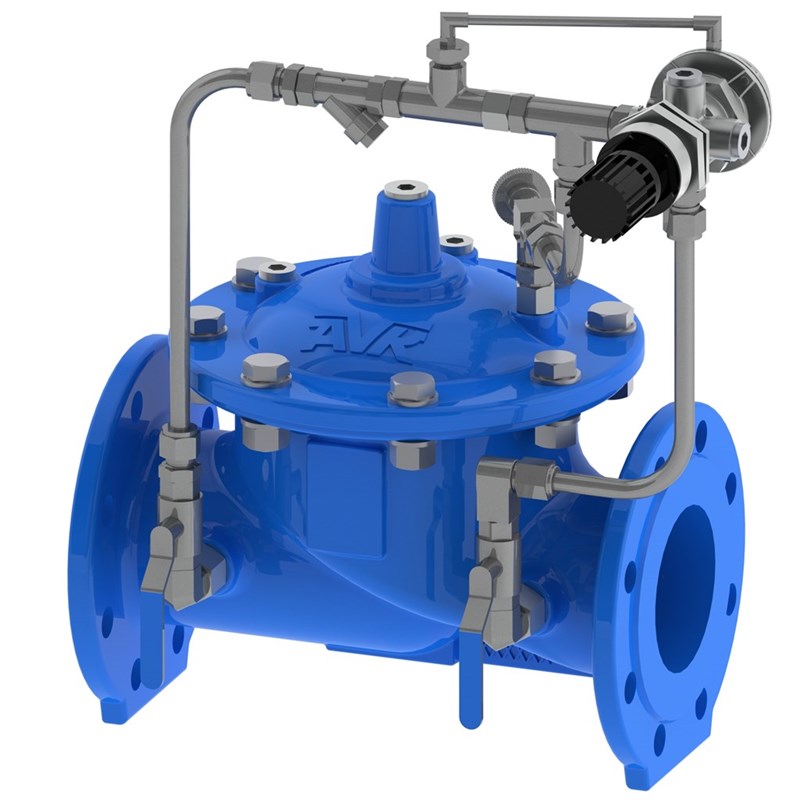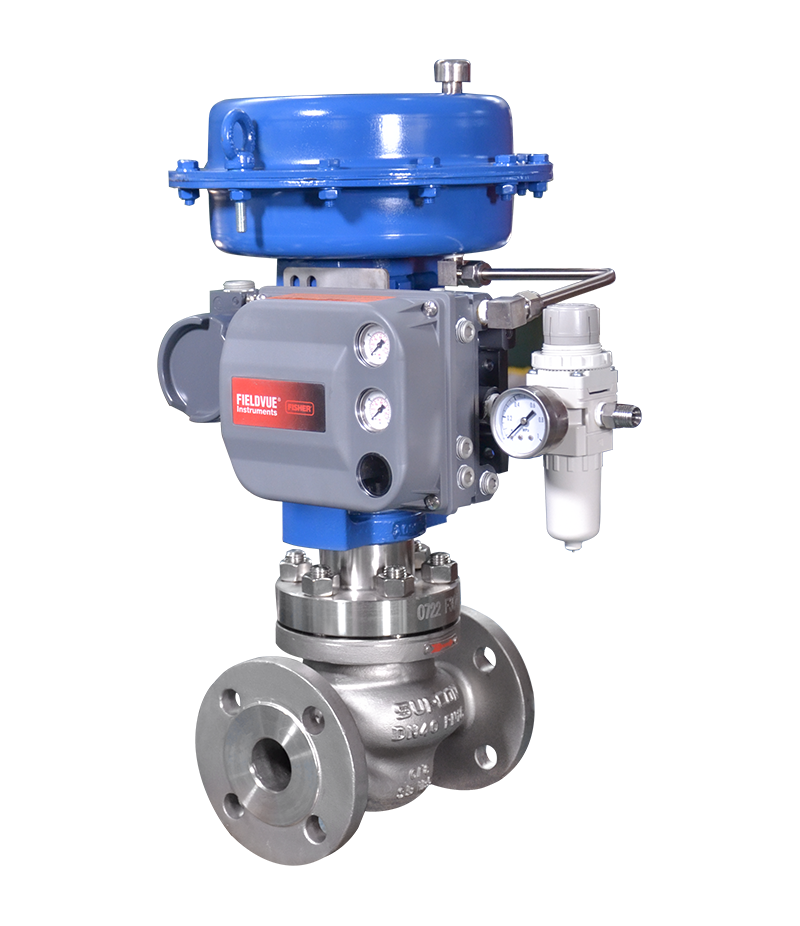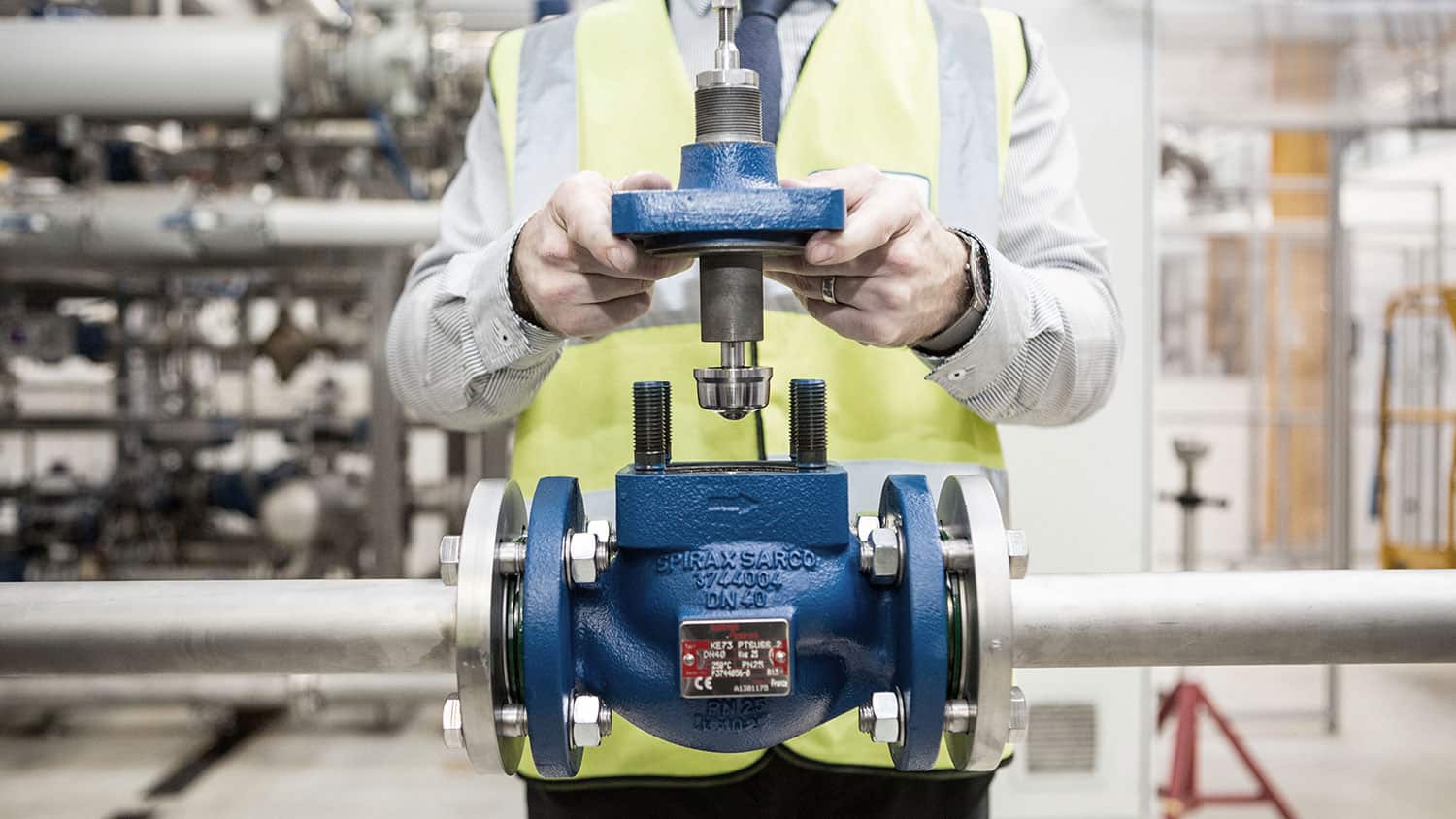Effective Control Valves: Trick Components for Efficient System Administration
Effective Control Valves: Trick Components for Efficient System Administration
Blog Article

Maximize Energy Cost Savings and Comfort With Advanced Structure Automation Controls
In the world of modern-day style and center monitoring, the assimilation of innovative structure automation regulates stands as an essential innovation. By using the power of automation, structures can adapt, react, and develop in methods that were once unbelievable.
Power Effectiveness Benefits
Power efficiency advantages can substantially lower energy usage and operational costs in buildings. Energy-efficient systems, such as sophisticated building automation controls, can enhance the usage of sources like cooling, home heating, and lights, leading to reduced energy expenditures over time.
In addition, improved power efficiency can extend the life expectancy of structure devices and systems. By running a lot more successfully, HVAC systems, lighting fixture, and other building parts experience less deterioration, causing decreased maintenance and replacement costs. Additionally, energy-efficient structures commonly regulate greater residential property values and rental rates, providing lasting financial advantages to owners.
Moreover, energy efficiency can improve passenger comfort and performance. Appropriately controlled indoor environments with ideal lights and thermal conditions create a more enjoyable and favorable work area, bring about boosted staff member fulfillment and efficiency. In general, the energy efficiency benefits associated with sophisticated structure automation controls are complex, encompassing cost savings, ecological stewardship, and passenger health.
Boosted Convenience Control
Enhancing convenience control in structure atmospheres calls for an innovative integration of innovative automation systems for optimal owner well-being. By utilizing innovative structure automation controls, centers can customize the indoor setting to meet the details demands and preferences of passengers. These systems enable specific law of lighting, temperature level, and air flow, producing a comfy and effective environment. Occupant satisfaction and productivity are carefully linked to thermal comfort, making it necessary to have systems in area that can adapt to changing problems in real-time.
Boosted comfort control exceeds fundamental temperature level changes. It consists of attributes such as tailored settings, tenancy sensing units, and all-natural light use to produce a receptive and dynamic environment. By integrating these advanced controls, structures can not just boost comfort but also boost power efficiency by enhancing system operations based upon real tenancy and usage patterns. Inevitably, focusing on resident comfort with advanced automation systems brings about an extra enjoyable and much healthier indoor setting.
Operational Efficiency Improvements

In addition, the application of real-time surveillance and analytics devices allows structure operators to determine power ineffectiveness and operational abnormalities promptly. By continually checking energy usage patterns and system efficiency metrics, changes can be made in real-time to optimize energy intake and ensure peak operational efficiency. control valves. Furthermore, including demand response techniques into structure automation controls can additionally improve functional effectiveness by dynamically changing power usage based upon grid conditions and pricing signals
Indoor Climate Optimization
Efficient interior climate optimization is a fundamental aspect of structure automation controls, ensuring passengers' convenience and well-being while optimizing power financial savings. By making use of sophisticated sensing units and controls, building automation systems can constantly check and readjust temperature, moisture degrees, air top quality, and ventilation to create an ideal interior environment. Maintaining comfy and consistent conditions not just boosts occupant complete satisfaction however additionally enhances performance and total health.
Indoor environment optimization additionally plays an important function in power performance. By fine-tuning heating, ventilation, and cooling systems based upon real-time data and occupancy patterns, constructing automation controls can considerably minimize energy usage - control valves. Applying techniques such as demand-controlled air flow and thermal zoning can aid lessen power waste while making sure that each location of the building obtains the necessary conditioning.

Lasting Environment Production
Building automation controls not just enhance indoor climate problems for power effectiveness and passenger convenience however likewise lay the foundation for producing a sustainable environment through calculated management of systems and resources. By integrating advanced structure automation modern technologies, such as sensing units, actuators, and intelligent software, facilities can adjust and check energy usage in real-time to minimize waste and minimize their carbon impact. These systems enable anticipating maintenance, determining potential problems prior to they intensify and enhancing tools efficiency to boost long life and effectiveness.
Moreover, sustainable atmosphere creation prolongs past power monitoring to include water conservation, waste reduction, and indoor air high quality enhancement. Building automation controls can regulate water usage, find leaks, and make certain proper waste disposal methods, adding to general sustainability initiatives. Furthermore, by keeping an eye on and regulating air flow this and filtering systems, these modern technologies improve occupant health and productivity while lowering power intake connected with HVAC operations.
Conclusion
To conclude, progressed structure automation regulates deal substantial benefits in regards to energy financial savings, comfort control, operational effectiveness, interior climate optimization, and creating a lasting setting. By applying these controls, buildings can attain optimum efficiency while minimizing power usage and boosting passenger comfort. It appears that making use of sophisticated automation technology is critical in boosting building efficiency and producing a much more lasting future.
Energy efficiency benefits can considerably reduce energy usage and functional costs in structures. In general, the energy performance advantages linked with innovative building automation controls are diverse, encompassing price financial savings, environmental stewardship, and occupant health.
Furthermore, integrating need response methods into building automation controls can better enhance operational performance by dynamically changing energy use based on grid conditions and prices signals.
Building automation regulates not only browse around this site optimize interior climate problems for energy performance and passenger comfort but additionally lay the structure for creating a lasting atmosphere through strategic monitoring of resources and systems.In conclusion, progressed building automation regulates offer substantial benefits in terms of power savings, comfort my website control, functional performance, interior environment optimization, and producing a lasting atmosphere.
Report this page